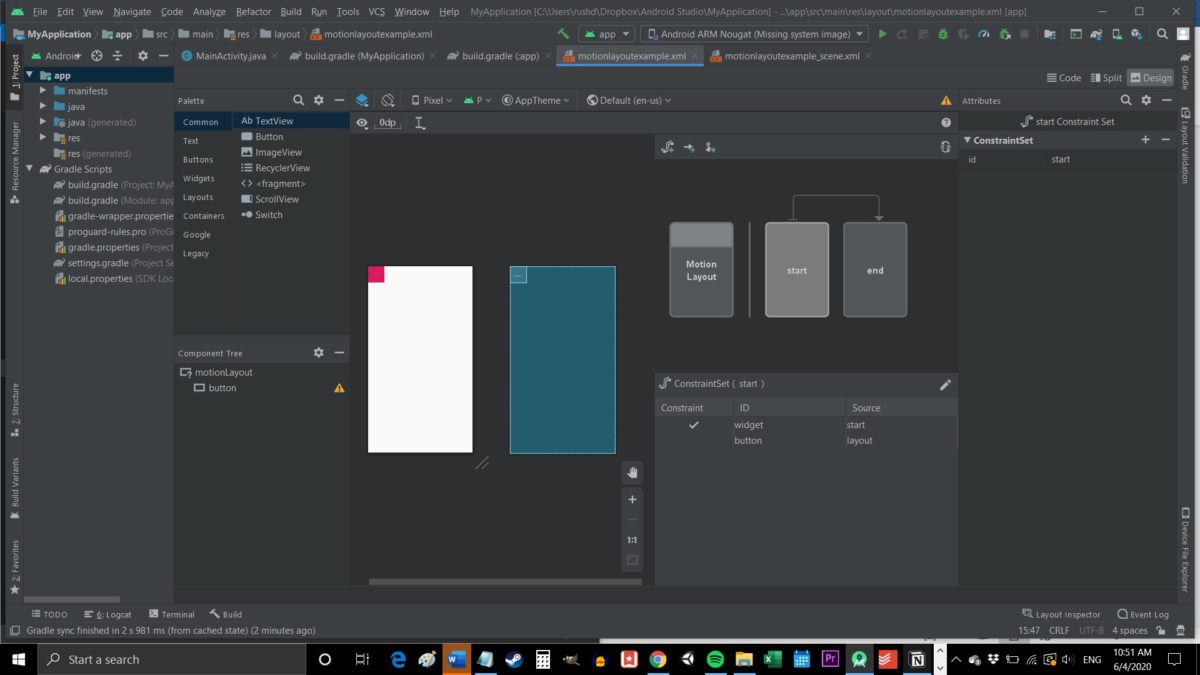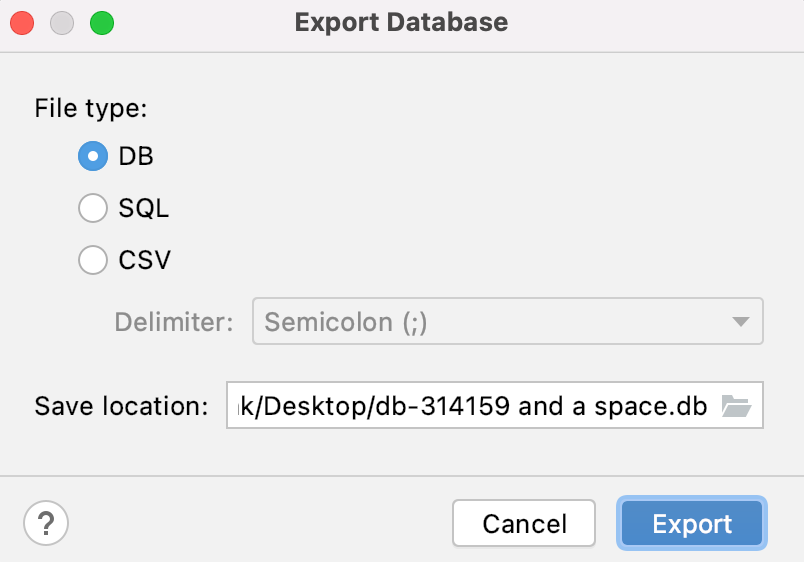
You can read more about the performance benefits on this blog. Steps to enable USB debugging on Android 1.6-3.2: Go to Settings > Applications > Development > Check the box next to USB debugging > Select Yes You can use phone to set USB debugging mode through learning the tutorials above. Database operations are defined using the SQLiteOpenHelper: public class PostsDatabaseHelper extends SQLiteOpenHelper Note: If you are inserting a large number of records, you might want to use a compiled SQLiteStatement. Go to Settings > Unlock Developer options > Check the box next to Android debugging > Select OK D. We need to write our own class to handle database operations such as creation, upgrading, reading and writing.

If you want to use SQLite directly but reduce the verbosity of working with the database, check out our Easier SQL with Cupboard guide for a middle ground between SQLite and a full-fledged ORM. In this guide, we'll use the example of building a database to persist user created "Posts" to demonstrate SQLite and SQLiteOpenHelper. schema to print the SQL CREATE statement for an existing table. dump to print the contents of a table, and. in Using the default Android Studio emulators is the default option while developing, and its incredibly faster than using real devices.

For maximum control over local data, developers can use SQLite directly by leveraging SQLiteOpenHelper for executing SQL requests and managing a local database. The Android SDK includes a sqlite3 database tool for examining your apps databases.


 0 kommentar(er)
0 kommentar(er)
